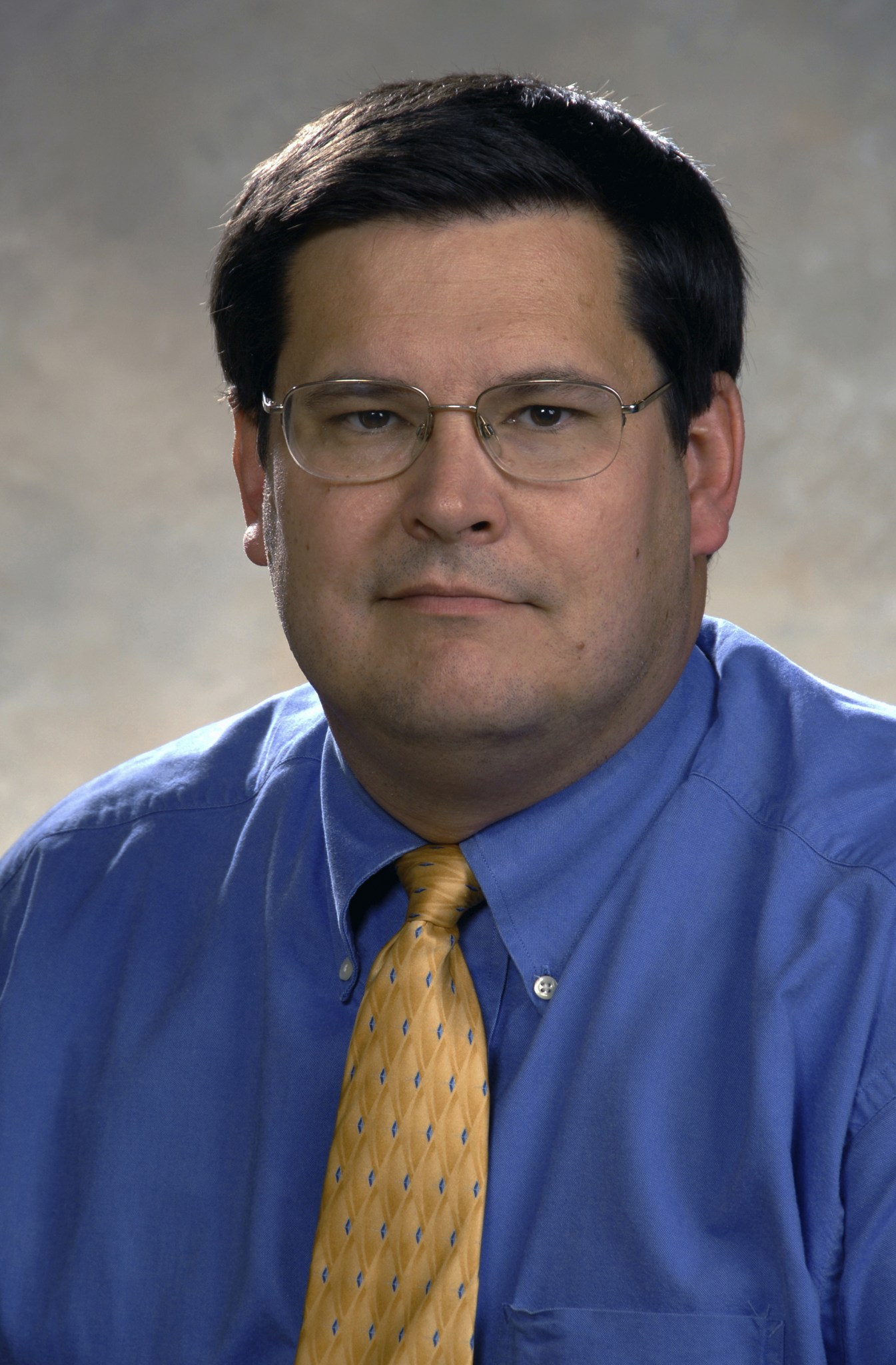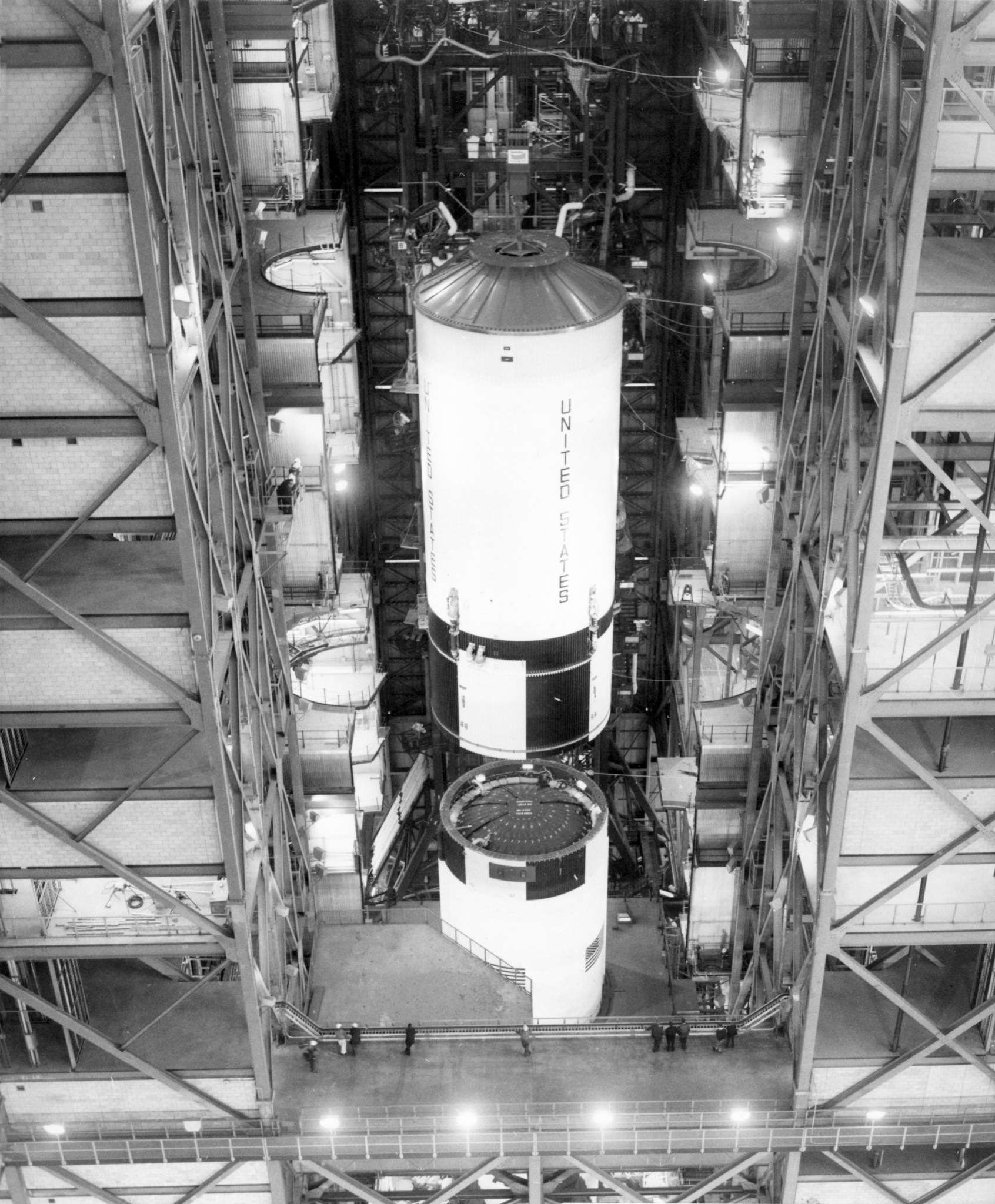In This Week’s Star
- Director’s Corner: The Summer of Progress
- Larry Leopard Named Deputy Director of Marshall’s Engineering Directorate
- A Peek Inside SLS: Fuel Tank For World’s Largest Rocket Nears Completion
- NASA Highlights Space Station Research Benefits, Opportunities at San Diego Conference
- U.S. Sen. Bill Nelson Sees Manufacturing of SLS Fuel Tank at Michoud
- This Week in NASA History: Apollo 11 Launches, En Route to First Moon Landing — July 16, 1969
- Juno’s Arrival at Jupiter and Essence Festival both Featured on ‘This Week @NASA’
- Obituaries
Director’s Corner: The Summer of Progress
Is there any season more versatile than summer? For some people, summertime is a long-overdue opportunity for respite — to go on that vacation… to get away from it all. For others, the summer slowdown offers the perfect chance to dust off your punch-list and to take care of those tasks and projects simmering on the backburner of life. The versatility of summer is tied to its ability to become whatever we need it to be.
And if summer is whatever we define it to be, then at Marshall we’re making this the Summer of Progress!
We kicked things off in June with an interactive all-hands meeting with the center leadership. We had a terrific turnout — thank you! I was thrilled to see so many men and women from the Marshall team attend because the center cannot reach its full potential if we are not engaged and communicating. The strongest organizations recognize this and find new and creative ways for the leadership team to reach out to employees to share information and build trust. The all-hands meeting marked the beginning of our renewed commitment to team engagement and outreach.
Later in the month, teams from Marshall and Orbital ATK successfully test-fired the Qualification Motor-2 in Promontory, Utah. I was fortunate enough to see the test in person and it was one of those transcendent moments, reminding me what a privilege it is to lead this team — the Marshall team always delivers. This was a major milestone for the SLS program and — ultimately — the journey to Mars.
And this week, I was on-hand when NASA and Marshall recognized all the terrific individual and team achievements of the past 12 months at the Honor Awards. Even if your name wasn’t included in the list of honorees, you should be proud of your work. We are a team, and every individual accolade was made possible, in part, by the contributions of the men and women of Marshall. This is an ideal captured by this year’s theme: “Exceptional Journey. Exceptional People.”
So, let’s continue to do great things — to make this a Summer of Progress.
Larry Leopard Named Deputy Director of Marshall’s Engineering Directorate
Larry Leopard has been named to the Senior Executive Service position of deputy director of NASA Marshall Space Flight Center’s Engineering Directorate. He succeeds Preston Jones, who was named the directorate’s director in February.
In his new role, Leopard shares responsibility for leading Marshall’s largest organization comprised of 1,240 civil service and 1,100 support contract personnel engaged in the design, testing, evaluation and operation of hardware and software associated with space transportation, spacecraft systems, science instruments and payloads under development. The Engineering Directorate provides critical support to NASA’s Space Launch System Program and is additionally responsible for Marshall’s Payload Operations Center — the command post for scientific research activities aboard the International Space Station.
Leopard has 28 years of extensive engineering, leadership and management experience in the fields of propulsion systems, vehicle/spacecraft systems and space systems, including design and development for advanced space technologies and flight systems.
After receiving a bachelor’s degree in mechanical engineering in 1987 from the University of Alabama in Huntsville, he worked for Martin Marietta as a propulsion engineer supporting Marshall’s Propulsion Systems Laboratory.
Since joining Marshall in 1990, he has served in progressively responsible technical and leadership positions supporting numerous NASA programs and projects, including the current Space Launch System program, all space shuttle propulsion elements, the Space Shuttle Main Engine Technology Test Bed, Rocket-Based Combined Cycle propulsion technology, Cobra and RS-83 prototype engines, Fastrac 60K engine, X-33 and X-34 experimental vehicle programs, Constellation Program, ISS payloads, ISS Environmental Control and Life Support Systems and research facilities, SmallSATs technology demonstrations, lander technology and multiple science instruments.
A graduate of NASA’s SES Candidate Development Program, Leopard has also completed developmental assignments at NASA Headquarters, in Marshall’s Shuttle Propulsion Office and at United Launch Alliance’s Delta II and IV Manufacturing and Assembly Plant. He was appointed to the SES in June 2008 as deputy manager of the Propulsion Systems Department within Marshall’s Engineering Directorate. He was named deputy director of the Space Systems Department in September 2011 and its director in January 2014.
A native of Athens, Alabama, Leopard and his wife, Shane, have two children.
A Peek Inside SLS: Fuel Tank For World’s Largest Rocket Nears Completion
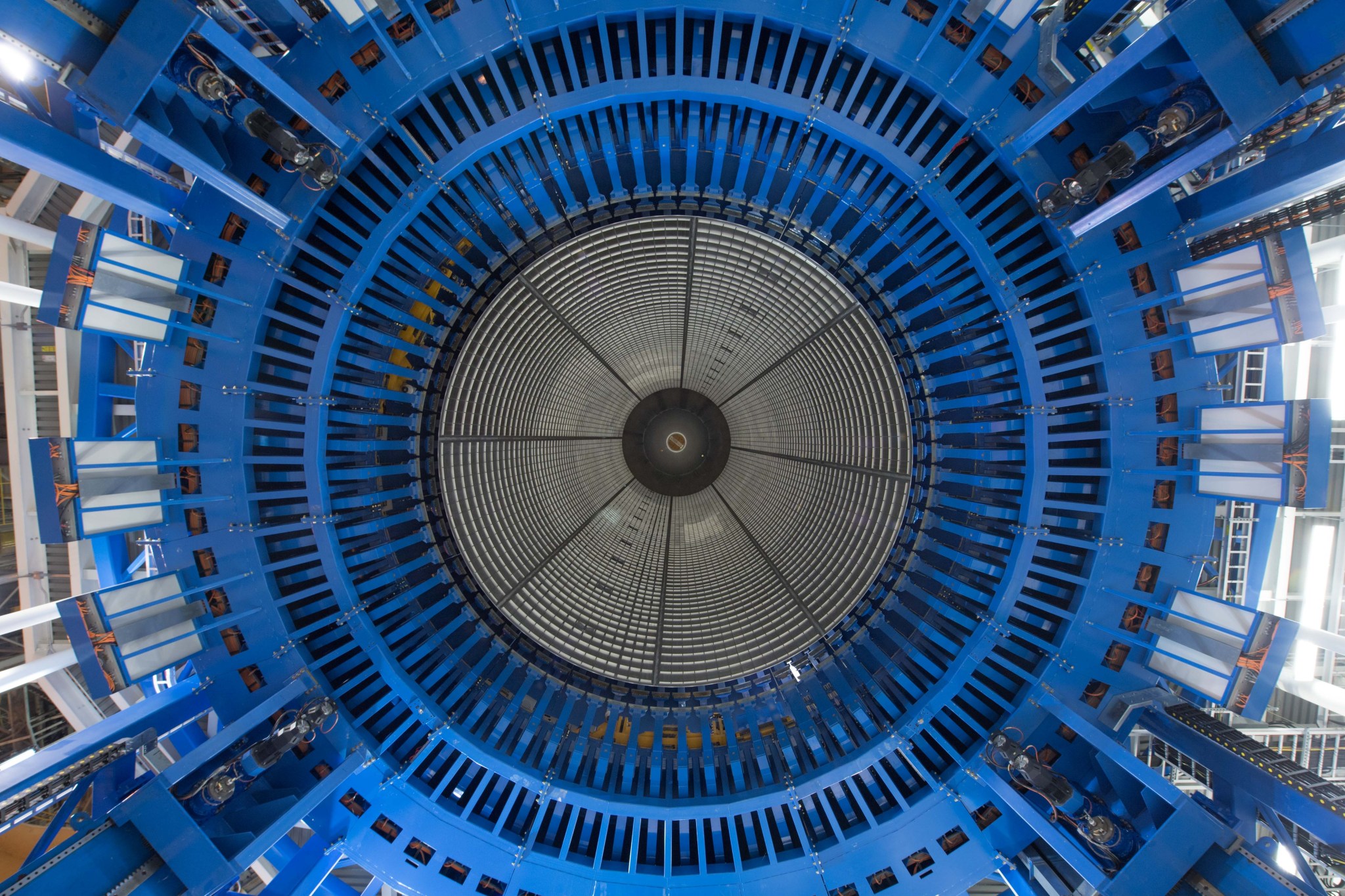
While this may look like a futuristic tunnel to another world, it’s really a look inside the world’s largest robotic weld tool and a nearly complete fuel tank for NASA’s Space Launch System. Five barrels and a dome — the silver portion in the center of the image — were welded together to make SLS’s liquid hydrogen fuel tank. It was constructed in the blue robotic weld tool at the Vertical Assembly Center at NASA’s Michoud Assembly Facility. While the tank is smooth on the outside, stiffening ribs create square patterns on the inside of the tank, making the walls light but uniformly strong in every direction. Engineers recently added the second dome to complete the tank, which is 27.5 feet in diameter and over 130 feet long. The tank, a structural test article, is identical to the flight tank that will hold 537,000 gallons of chilled liquid hydrogen, making it the largest major part of the SLS core stage. Core stage tanks will carry the cryogenic liquid hydrogen and oxygen needed to power SLS’s four RS-25 engines. When completed, the tank will be submitted to tests simulating launch and ascent forces at NASA’s Marshall Space Flight Center. SLS will be the most powerful rocket ever built and, with NASA’s Orion spacecraft, will take humans to destinations never explored by people before. (NASA/Michoud/Steven Seipel)
NASA Highlights Space Station Research Benefits, Opportunities at San Diego Conference
NASA astronauts, engineers and scientists — joined by CNN’s Dr. Sanjay Gupta and retired astronauts Mark Kelly and Scott Kelly — are participating in a three-day, in-depth conversation about the International Space Station as a catalyst for discovery during the fifth annual ISS Research & Development Conference this week
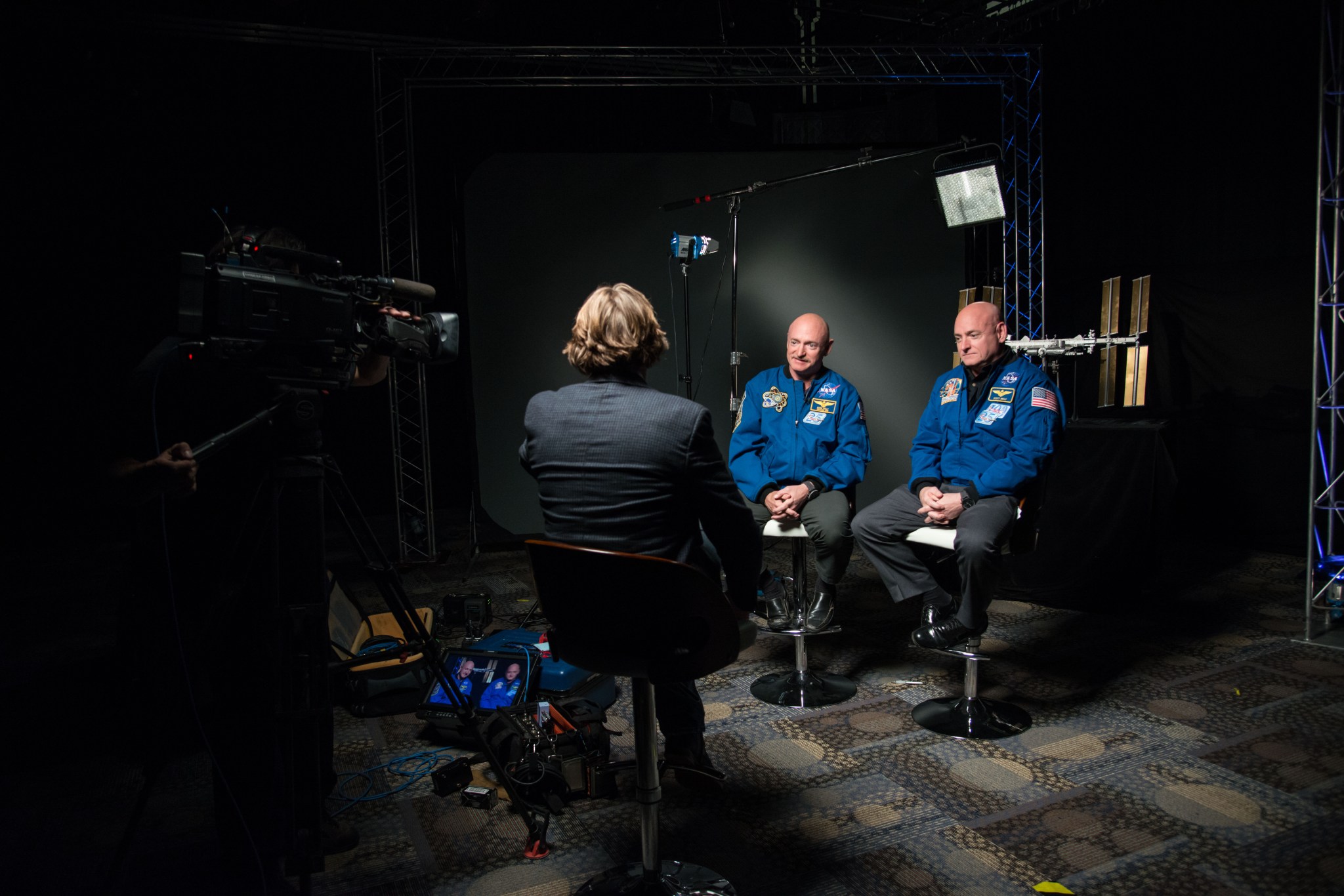
The San Diego conference, hosted by the American Astronautical Society and the Center for the Advancement of Science in Space (CASIS), in cooperation with NASA, brings together leaders from industry, academia and government.
Attendees are exploring innovations and breakthroughs in microgravity research, life sciences, materials development, technology development, human health and remote sensing, the potential applications for space-based research, and the economic benefits of increased commercial activity in low-Earth orbit.
Gupta, CNN’s chief medical correspondent, will delve into NASA’s One Year Mission and Twins Study with the twin Kelly brothers. Scott Kelly’s flight surgeon, Dr. Stevan Gilmore, and the study’s principal investigator, Dr. Andrew Feinberg, will provide insights into the research.
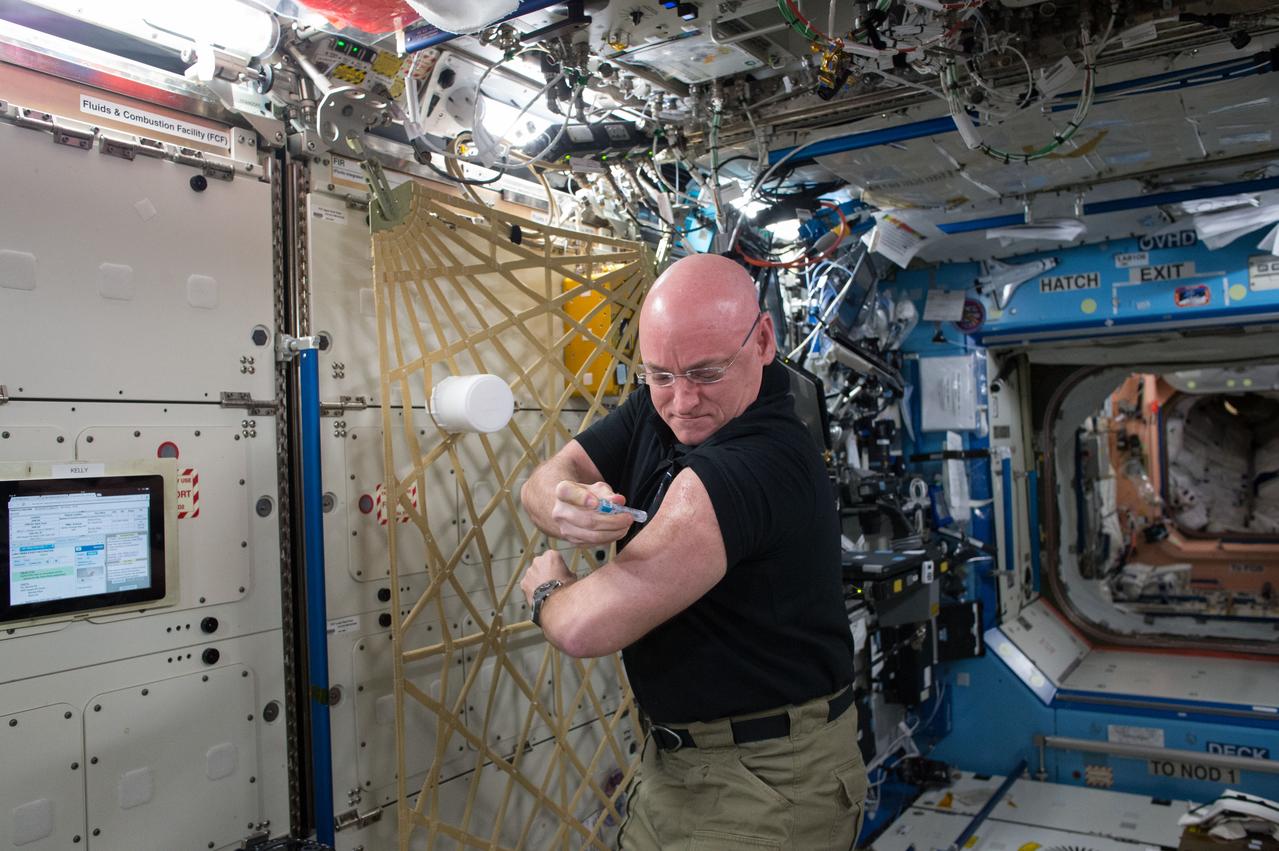
NASA Chief Scientist Ellen Stofan and Dr. Eric Topol, director of the Scripps Translational Science Institute in La Jolla, California, will discuss the future of digital medicine and the role of space science in genomics studies.
NASA and CASIS, which manage and fund research on the space station, will provide overviews of research applications, external and internal capabilities, and upcoming opportunities.
The Payload Operations Integration Center at NASA’s Marshall Space Flight Center is mission control for science on space station.
For more information on the annual conference and to watch the live stream of the conference, click here.
U.S. Sen. Bill Nelson Sees Manufacturing of SLS Fuel Tank at Michoud
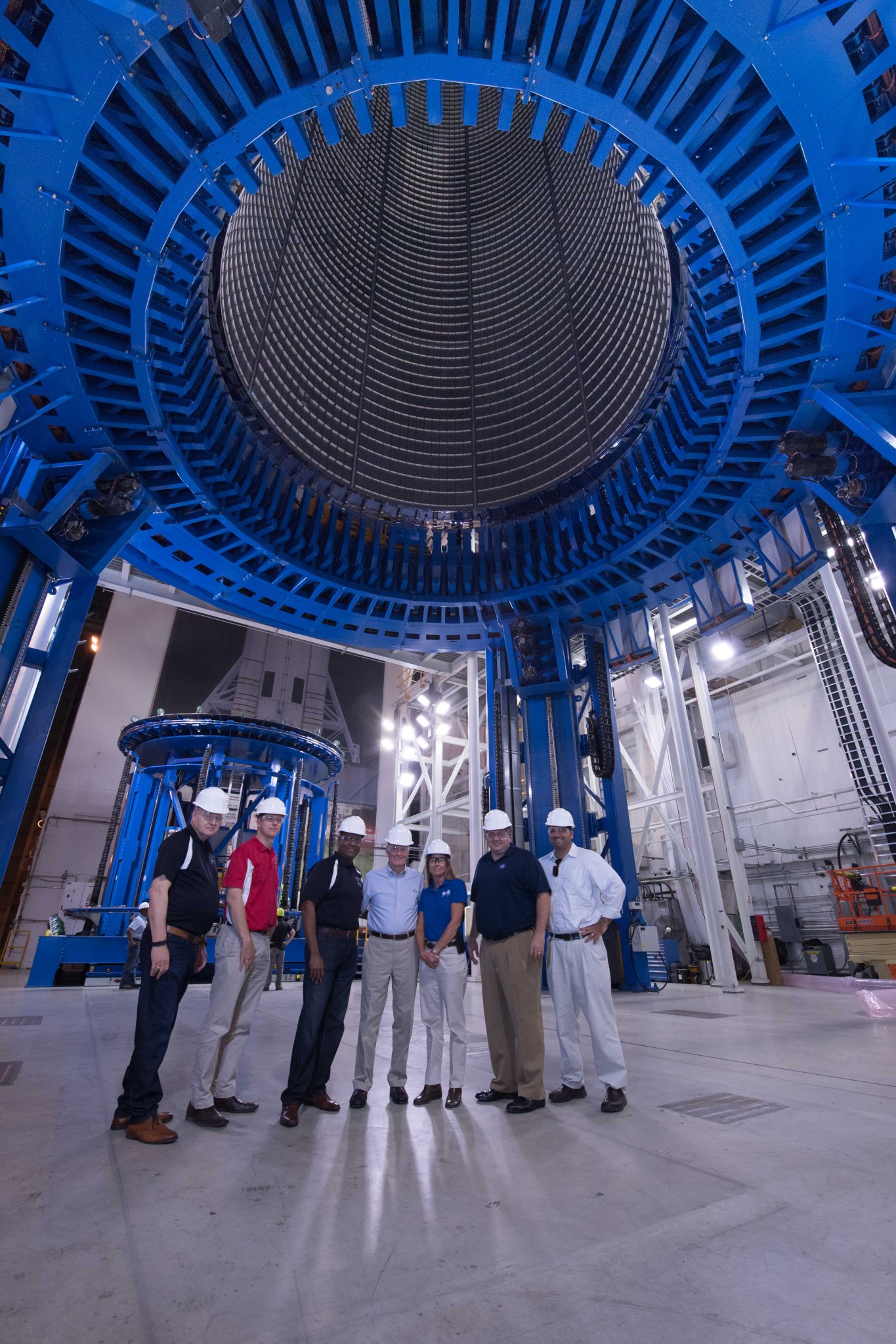
U.S. Sen. Bill Nelson of Florida, center, the ranking member of the Senate Subcommittee on Space, Science and Competitiveness, got a look inside a fuel tank for NASA’s Space Launch System during a recent visit to NASA’s Michoud Assembly Facility. The liquid hydrogen tank is under construction at the world’s largest robotic weld tool in Michoud’s Vertical Assembly Center. Nelson was joined at the VAC by, from left, Malcolm Wood, Michoud deputy chief operating officer; Scott Broemsen, NASA Marshall Space Flight Center legislative affairs officer; Bobby Watkins, Michoud director; Jackie Nesselroad, manufacturing expert for the Boeing Co.; Todd May, Marshall center director; and Nick Cummings, staff director of the Senate Subcommittee on Space, Science and Competitiveness. Marshall manages Michoud and SLS for the agency. (NASA/Michoud/Steven Seipel)
This Week in NASA History: Apollo 11 Launches, En Route to First Moon Landing — July 16, 1969
This week in 1969, Apollo 11 launched. The primary objective of Apollo 11 was to complete a national goal set by President John F. Kennedy less than a decade earlier: to perform a crewed lunar landing and return to Earth. An estimated 530 million people watched astronaut Neil Armstrong’s televised image and heard his voice describe the event as he took “… one small step for a man, one giant leap for mankind” four days later. This photo shows the Saturn V’s second stage being lowered into place atop the first stage in the Vehicle Assembly Building at NASA’s Kennedy Space Center. The Saturn V rocket was designed, managed and built by NASA’s Marshall Space Flight Center. The NASA History Program is responsible for generating, disseminating and preserving NASA’s remarkable history and providing a comprehensive understanding of the institutional, cultural, social, political, economic, technological and scientific aspects of NASA’s activities in aeronautics and space. For more pictures like this one and to connect to NASA’s history, visit the History Program’s webpage. (NASA)
Juno’s Arrival at Jupiter and Essence Festival both Featured on ‘This Week @NASA’
The arrival of NASA’s Juno spacecraft at the planet Jupiter, along with NASA outreach efforts at the 2016 Essence Festival, are both featured in the latest edition of “This Week @NASA,” a weekly video program broadcast nationwide on NASA-TV and posted online.
After an almost five-year journey to Jupiter, NASA’s Juno spacecraft settled into orbit around our solar system’s largest planet July 4. Over the next few months, Juno’s mission and science teams will perform final testing on the spacecraft’s subsystems and science instruments and even collect some preliminary science data. The principal goal of the mission is to understand the origin and evolution of Jupiter — which will advance our understanding about the role giant planets like Jupiter might play in the formation of a solar system, including our own.
Team members from NASA’s Marshall Space Flight Center helped spread the word of NASA missions during a week of space exploration celebration June 29-July 3 at the 2016 Essence Festival in New Orleans. The event was hosted by NASA’s Stennis Space Center and included presentations by NASA Administrator Charlie Bolden and astronaut Victor Glover, along with a wide range of free activities for visitors to learn about NASA’s journey to Mars, the solar system and beyond, the International Space Station, the economic significance of NASA, the agency’s Earth science missions and other NASA-sponsored education initiatives.
View this and previous episodes at “This Week @NASA” or at https://www.youtube.com/user/NASAtelevision.
Obituaries
Earl W. Smith Sr., 92, of Greenville, South Carolina, died June 28. He retired from the Marshall Center in 1984 as an aerospace engineer. He is survived by his wife, Nancy L. Smith.
Thomas P. Isbell, 92, of Covington, Louisiana, died July 4. He retired from the Marshall Center in 1981 as the director of the Systems and Integration Lab.
Bobby L. Chittam, 84, of Athens, Alabama, died July 8. He retired from the Marshall Center in 1984 as an aerospace engineer. He is survived by his wife, Carolyn Johnson Chittam.
Charles R. McIntosh, 84, of Huntsville, died July 8. He retired from the Marshall Center in 1998 as a supervisory materials engineer.




























